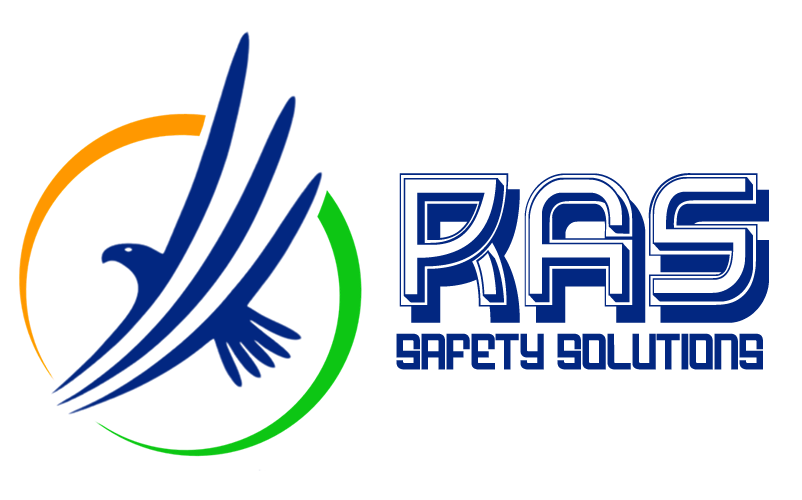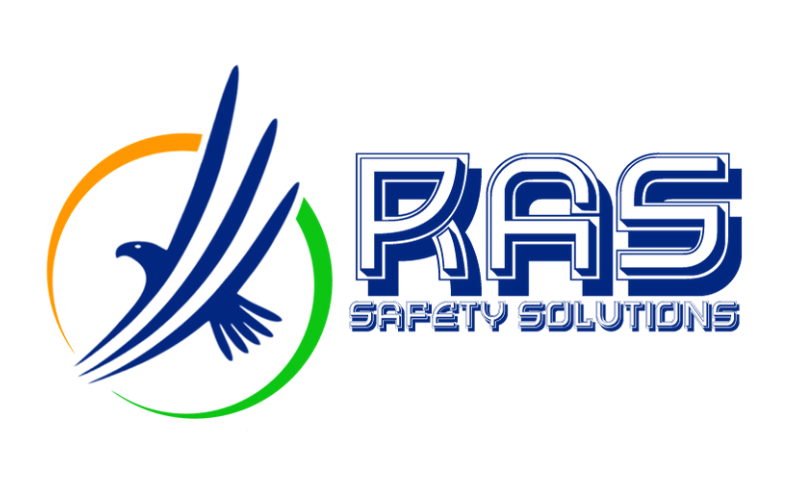
WORKING AT HEIGHTS TRAINING
Overview:
The Working at Heights Training course is designed to equip trainees with the essential knowledge and skills required to safely perform tasks at height. The course addresses the risks associated with working at heights and provides practical solutions to mitigate these hazards. Given that falls from height are a leading cause of workplace fatalities, this training is crucial for anyone involved in activities where height is a factor. The course emphasizes the importance of fall protection and ensures that all participants are aware of their responsibilities and the safety measures necessary to prevent accidents.
Key Contents:
-
Introduction to Working at Heights
- Overview of Working at Heights: Risks and Statistics
- Legal and Regulatory Requirements (e.g., OSHA Standards)
- Roles and Responsibilities of Workers, Supervisors, and Employers
-
Fall Hazards and Risk Assessment
- Identifying Fall Hazards: Common Scenarios and Risk Factors
- Conducting Risk Assessments: Evaluating and Mitigating Risks
- Hierarchy of Controls: Elimination, Substitution, Engineering Controls, Administrative Controls, and PPE
- Case Studies: Analysis of Real-Life Incidents and Lessons Learned
-
Fall Protection Systems
- Types of Fall Protection: Personal Fall Arrest Systems, Guardrails, Safety Nets, and Fall Restraint Systems
- Selection and Use of Equipment: Harnesses, Lanyards, Anchor Points, and Lifelines
- Inspection and Maintenance of Fall Protection Equipment
- Practical Exercises: Demonstration and Hands-On Practice with Fall Protection Systems
-
Safe Work Practices
- Proper Use of Ladders, Scaffolding, and Mobile Elevated Work Platforms (MEWPs)
- Work Positioning Techniques: Ensuring Stability and Safety at Heights
- Emergency Procedures: Rescue Plans, Emergency Response, and First Aid for Falls
- Workplace Communication: Ensuring Clear and Effective Communication During Height-Related Tasks
-
Regulatory Compliance and Documentation
- Understanding Legal Obligations: Compliance with Local and International Regulations
- Documentation and Record-Keeping: Safety Checklists, Inspection Logs, and Training Records
- Reporting and Investigating Incidents: Procedures for Handling Falls and Near-Misses
-
Practical Training and Simulations
- Hands-On Training: Safe Use of Fall Protection Equipment
- Simulation Exercises: Real-World Scenarios and Problem Solving
- Group Discussions: Sharing Best Practices and Safety Tips Among Participants
- Assessment and Feedback: Evaluation of Participants’ Knowledge and Skills
-
Final Review and Certification
- Recap of Course Content and Key Learnings
- Written and Practical Assessments to Test Participants’ Understanding
- Issuance of Certificates for Those Who Successfully Complete the Course
Course Duration:
-
Standard Course: 1 Day (8 Hours)
- A comprehensive one-day training session that covers all key aspects of working at heights, suitable for workers who frequently perform tasks at height.
-
Extended Course: 2 Days (16 Hours)
- An in-depth training program with additional focus on advanced fall protection techniques, regulatory compliance, and emergency response. Ideal for supervisors, safety officers, and workers in high-risk environments.
Learning Outcomes:
- Proficiency in Fall Protection: Participants will gain the ability to identify fall hazards, use fall protection systems effectively, and implement safe work practices at heights.
- Regulatory Knowledge: Learners will understand the legal requirements for working at heights and ensure compliance with safety regulations.
- Emergency Preparedness: The course will equip participants with the skills to respond effectively to falls and other height-related emergencies.
- Practical Skills Application: Attendees will engage in hands-on training, enabling them to confidently apply what they have learned in real-world scenarios.
By the end of the Working at Heights Training course, participants will be fully prepared to perform their duties safely and efficiently at heights, reducing the risk of accidents and enhancing workplace safety.


